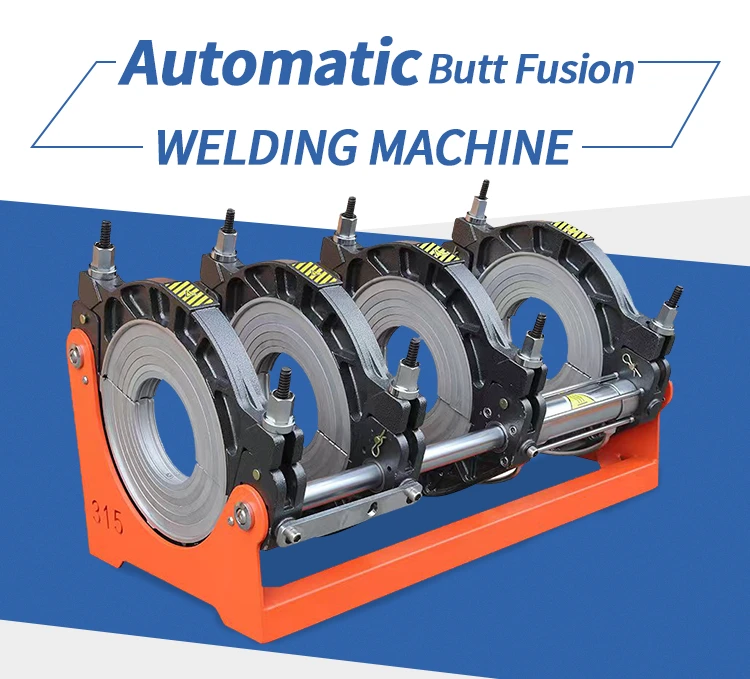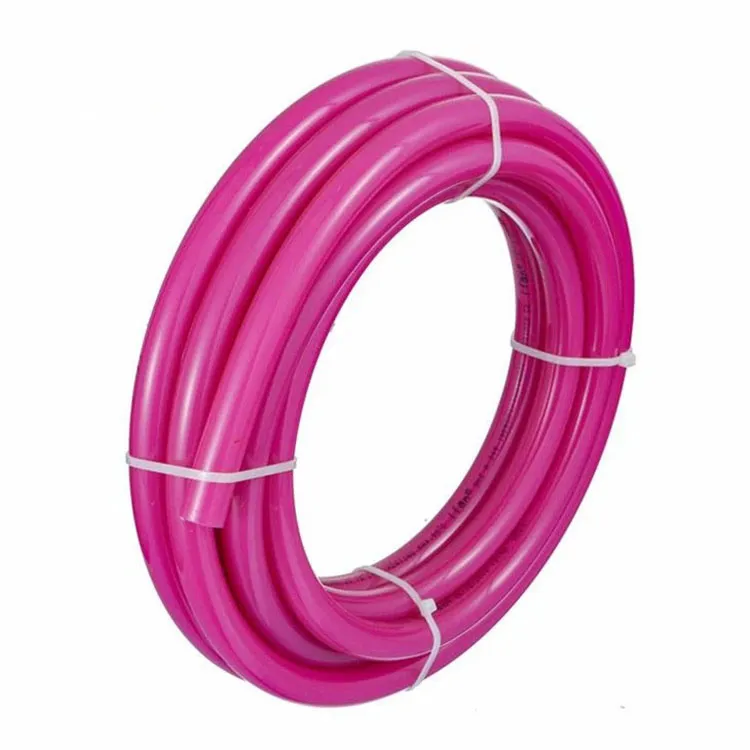Brief introduction of Haili gas pipe
PE pipes for gas are the replacement products of traditional steel pipes and PVC gas pipes.
The gas pipe must withstand a certain pressure, and usually a PE resin with large molecular weight and better mechanical properties, such as HDPE resin, should be used. HDPE resin has low tensile strength, resistance to pressure difference, poor rigidity, poor dimensional stability during molding and difficult connection, and is not suitable as a material for water supply pressure pipes. However, due to its high hygienic index, LDPE, especially LLDPE resin, has become a common material for gas pipes. LDPE and LLDPE resins have low melt viscosity, good fluidity and easy processing, so the selection range of their melt index is also wide, usually MI is between 0.3-3g/10min.
Advantages of HAILI PE100 gas pipe:
A good pipe should not only have good economy, but also have a series of advantages such as stable and reliable interface, material impact resistance, crack resistance, aging resistance, corrosion resistance, etc. Compared with traditional pipes, HDPE pipe system has the following one: Series advantages:Reliable connection: The polyethylene piping systems are connected by electrofusion, and the strength of the joint is higher than that of the pipe body.
Good low-temperature impact resistance: polyethylene has extremely low-temperature embrittlement temperature, and can be used safely in the temperature range of -60-60 °C. During construction in winter, due to the good impact resistance of the material, the pipe will not be brittle.
Good stress crack resistance: HDPE has low-notch sensitivity, high shear strength, and excellent scratch resistance, and its environmental stress crack resistance is also outstanding.
Good chemical corrosion resistance: HDPE pipes are resistant to corrosion by a variety of chemical media, and the chemicals present in the soil will not cause any degradation to the pipes. Polyethylene is an electrical insulator, so it does not rot, rust or electrochemically corrode; it also does not promote algae, bacterial or fungal growth.

Aging resistance, long service life: polyethylene pipes containing 2-2.5% evenly distributed carbon black can be stored or used outdoors for 50 years without being damaged by ultraviolet radiation.
Good wear resistance: The comparison test of wear resistance between HDPE pipe and steel pipe shows that the wear resistance of HDPE pipe is 4 times that of steel pipe. In the field of mud transportation, compared with steel pipes, HDPE pipes have better wear resistance, which means that HDPE pipes have a longer service life and better economy.
Good flexibility: The flexibility of HDPE pipes makes them easy to bend. In engineering, obstacles can be bypassed by changing the direction of the pipes. On many occasions, the flexibility of pipes can reduce the number of pipe fittings and installation costs.
Easy to handle: HDPE pipes are lighter than concrete pipes, galvanized pipes, and steel pipes, it is easy to handle and install, and the lower manpower and equipment requirements mean that the installation cost of the project is greatly reduced.
Welding steps Of Haili PE gas pipe
1. Fix the pipes and fittings to be welded on the docking machine, use a fixture according to the size of the pipe, and plan the end face with a milling cutter to make the butt end face smooth, clean and vertical.
2. Adjust the height of the pipes and fittings so that the end faces of the pipes and fittings to be welded are completely matched, and connect the heating plate.
3. When the heating plate automatically heats up to the rated temperature, combine the pipes and fittings to be welded to heat the end faces. After the heating time is reached, separate the pipes and fittings from the heating plate, and then combine the two heating end faces to form a joint. Even flanges, let cool.
Buried regulations Of Haili PE gas pipe
1. The minimum thickness of the top covering soil for PE gas pipelines shall meet the following requirements:
(1) When buried under the roadway, it should not be less than 0.8m;
(2) When buried under the non-vehicle road, it should not be less than 0.6m;
(3) When buried under the paddy field, it should not be less than 0.8m;
After taking effective protective measures, the above provisions can be appropriately reduced.
2. The foundation of the PE gas pipeline should be the original soil layer without sharp hard earth and stone and without salt. When the original soil layer has sharp hard earth and salt and salt, fine sand or fine soil should be laid. For the sections that may cause uneven settlement of the pipeline, the foundation should be treated or other anti-settling measures should be taken.
3. When transporting gas containing condensate, the PE gas pipeline should be buried below the soil freezing line, and a condensate tank should be set up. The slope of the pipeline slope to the condensate tank should not be less than 0.003.






258.webp)
971.webp)
580.webp)
655.webp)



210.webp)
328.webp)

294.webp)


